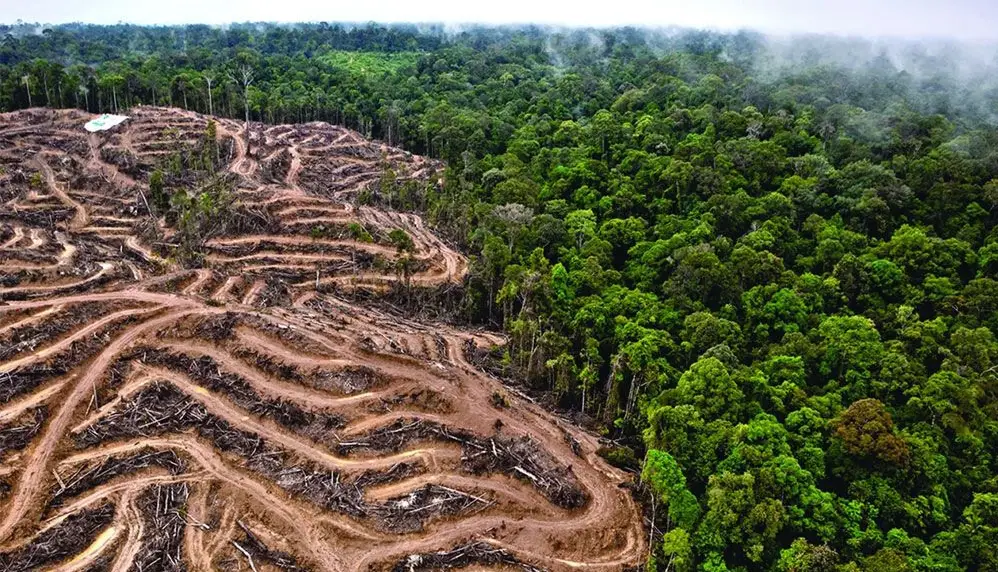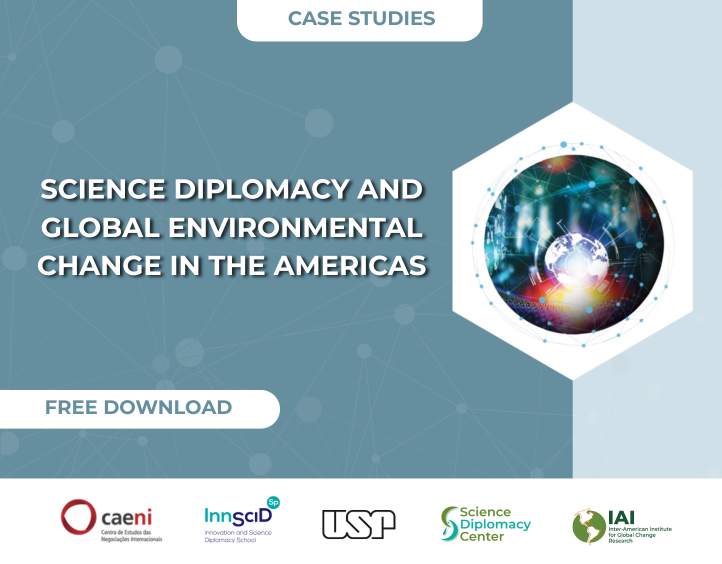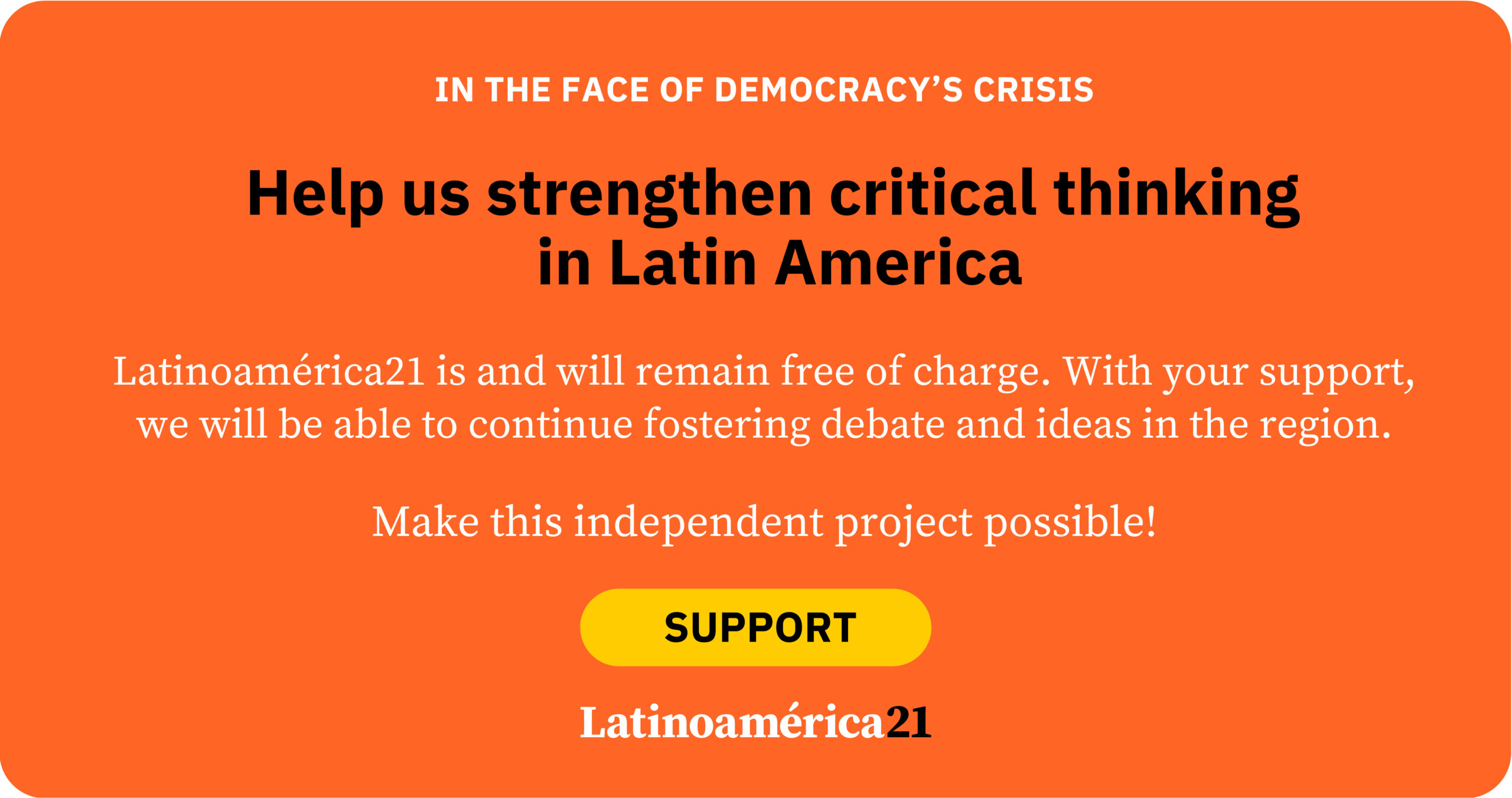In recent years, major and historical-record wildfires have devastated regions worldwide, including Australia in 2019-2020, Canada in 2023, and more recently, Brazil, other countries in South America, and California in the US. In Brazil, fires in the Amazon and the Pantanal — the world’s largest tropical wetland — destroyed over 20 million hectares in 2024, while in Bolivia, at least 4 million hectares burned. By making atmospheric conditions hotter and drier, climate change increases the risk of fires, causing tragic loss of human lives, extremely high economic damage, and massive loss of biodiversity and ecosystem services, with the destruction of countless plant and animal species and other forms of life.
There is no scientific evidence that the trend of climate change will reverse in the coming years. On the contrary, it will continue, likely leading to water and food shortages, the disappearance of native forests, fewer bees to pollinate crops, and fewer natural places for us to enjoy. In other words, the acceleration of climate change and resulting fires worldwide is not only having a huge impact on biodiversity loss but also decreasing, at a fast pace, ecosystem services, such as regulation of quantity and quality of freshwater, upon which human well-being depends.
Ecosystem services, which are the benefits that nature provides to people, or in simpler terms, everything that nature does to help us have a healthy and comfortable life, depend on the conservation, sustainable use, and restoration of nature. A future with declining ecosystem services is one of decreased quality of life and increased inequity, as food, energy, and water scarcity will be the rule and not the exception. The already vulnerable populations in rural and urban areas will suffer disproportionately the impacts of ecosystem services loss. In a few decades, climate change is expected to be the major driver of biodiversity and ecosystem services loss, leading to what is known as climate injustice. Natural disasters intensified by climate change, such as hurricanes and floods, in Latin America and the Caribbean, have tripled in the last 50 years. Disasters can reduce GDP by up to 0.9 percent in lower-income countries in the continent, while in the Caribbean, they can destroy 3.6 percent. Climate change will also drive the migration of 17 million people by 2050.
In addition to reducing consumerism (the high level of consumption of goods and services beyond essential needs) and the use of fossil fuels, nature-based solutions are among the best options we have in hand as a global society to fight climate change. They consist in actions that use nature and natural processes to solve environmental problems, for example, by restoring or protecting forests to have clean water or absorb carbon to fight climate change. These solutions can improve the environment while benefiting people, making communities healthier and more resilient to challenges like climate change.
An example of a nature-based solution is the ongoing initiative known as the Extrema Water Conservancy Project in the Brazilian municipality of the same name. It is regarded as a successful Payment for Ecosystem Services (PES) model, where local farmers and landowners are compensated for conserving and restoring forested areas that protect water sources. The project started in 2005 and has gained attention over the years for its role in increasing water availability for surrounding urban areas, including the São Paulo metropolitan area. This initiative has restored over 5,000 hectares of forest, safeguarding biodiversity and improving water availability for the São Paulo metropolitan area.
Situated in Minas Gerais state, Extrema prioritizes water conservation in the Piracicaba, Capivari, and Jundiaí (PCJ) River Basin. The project offers financial incentives—about US$ 70 per hectare annually—to rural landowners for restoring degraded areas, protecting springs, and adopting sustainable practices like agroforestry. To date, it has benefited over 2,500 families, improved agricultural conditions, and enhanced ecosystem services such as water filtration and drought resilience.
Key actions under this project include planting over 80 native tree species to restore riparian zones and improve the water cycle, rainwater harvesting, erosion control, sustainable agriculture, and using satellite imagery and field inspections to ensure compliance with environmental targets.
The initiative relies on municipal leadership, grassroots involvement, and a bottom-up governance model, fostering trust and long-term participation. It integrates advanced
Technologies such as remote sensing, satellite imagery, GIS (Geographical Information Systems), and smart irrigation systems for efficient resource management.
The Extrema project shares similarities and differences with PES initiatives in other countries. Compared to Costa Rica’s PES, which, since the 1990s, started compensating landowners for reforestation, biodiversity conservation, and water protection, the Extrema Project also uses the same models of financial incentives funded by environmental service users (e.g., hydropower companies) to promote sustainable practices. Unlike the former, which operates nationally, the Extrema project is more localized and focused on a specific watershed (the Jaguari River Basin). The project also emphasizes direct collaboration with other municipalities within this watershed, promoting a better regional governance approach.
Ecuador’s Water Fund finances conservation projects in the Andes to protect water sources for urban consumption. Both this and the Extrema initiatives leverage downstream beneficiaries to fund upstream conservation. The differences are that the latter incorporates extensive reforestation and agroforestry efforts, while Quito’s model focuses more on maintaining existing ecosystems through community engagement and education.
China’s Sloping Land Conversion Program compensates farmers for converting degraded croplands into forests or grasslands to combat erosion and improve water retention. Both this and the Extrema projects are similar in addressing water security through reforestation and erosion control, targeting vulnerable landscapes. Yet, Extrema strongly emphasizes local stakeholder engagement and integrates traditional agricultural practices, while China’s SLCP operates more as a top-down policy.
These comparisons highlight the important role of Extrema’s project in the Climate-Biodiversity-Water Nexus and its potential to serve as a model for water-stressed regions like Nairobi or Cape Town, where urban water demand strains fragile watersheds.
The Extrema Water Conservancy Project demonstrates how localized, community-centered efforts can address the interconnected challenges of climate change, biodiversity loss, and water scarcity. Scaling up such initiatives globally can enhance resilience against extreme weather, such as wildfires, conserve ecosystems, and promote equitable access to resources.
Here, we plea for your support for policies that replicate transformative solutions like Extrema, guaranteeing more sustainable practices in your community, such as restoration of native vegetation, recycling and composting programs and rainwater harvesting. Sharing success stories can inspire collective action for a sustainable future.
*Text produced jointly with the Inter-American Research Institute on Global Changes (IAI). The opinions expressed in this publication are those of the authors and not necessarily those of their organizations.














